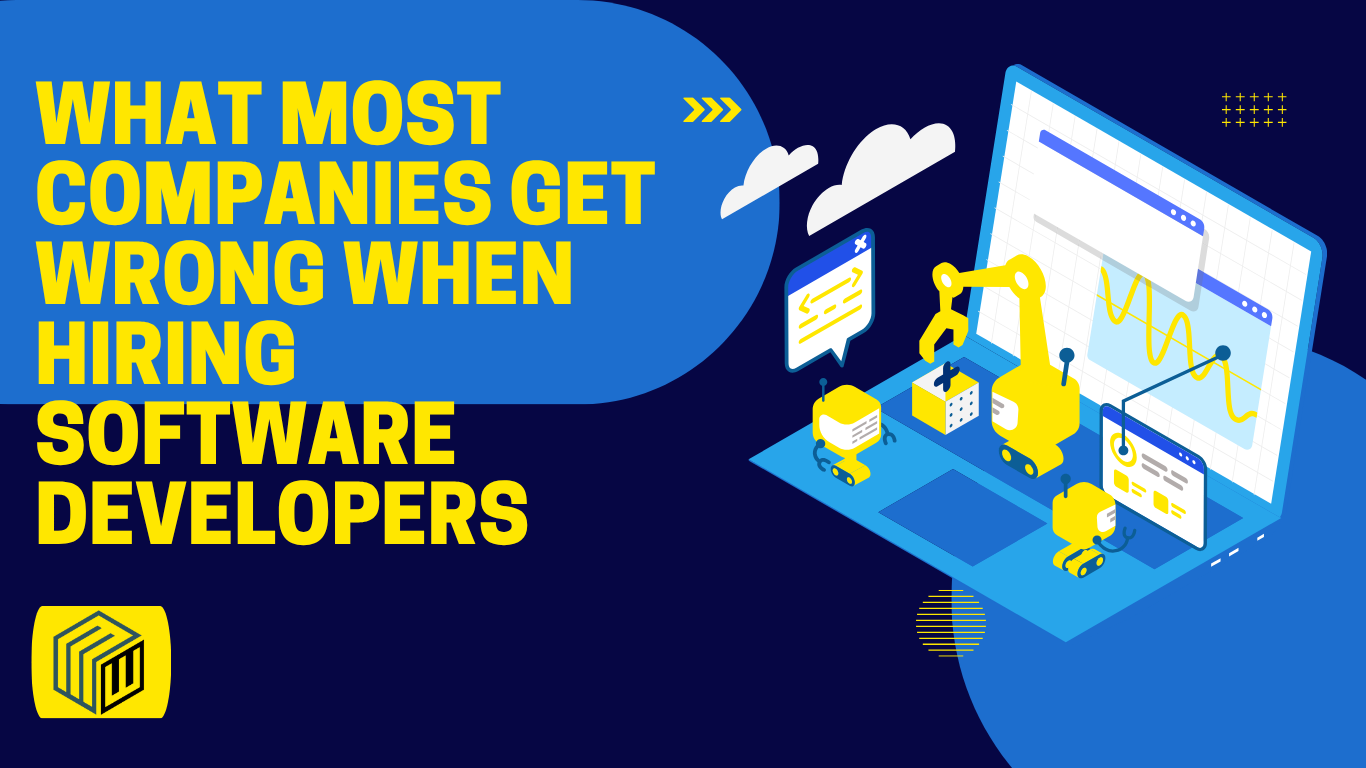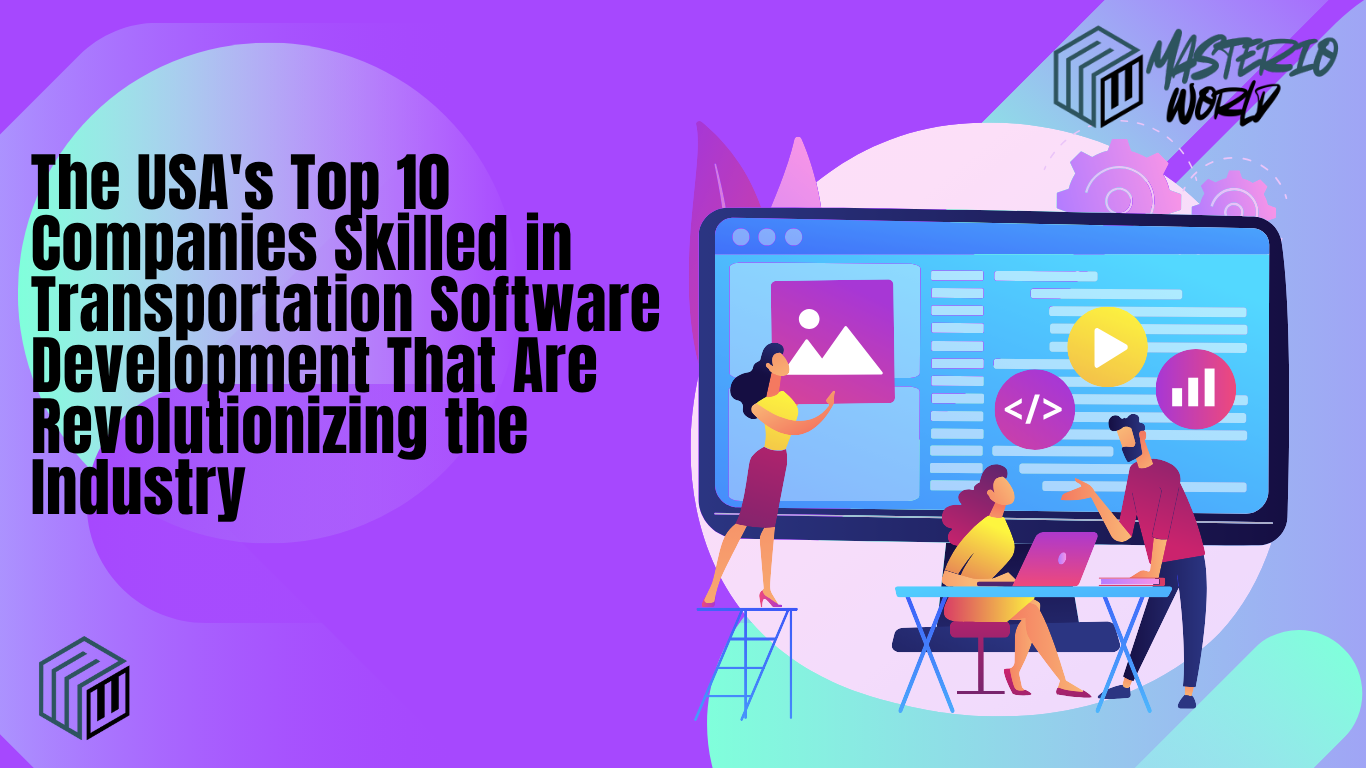Finding a fantastic software developer can feel like hunting for a unicorn in a haystack. Companies are on the lookout for the best—someone who’s fast, efficient, experienced, and creative. But let’s face it, most hiring processes are pretty flawed. So, let’s take a closer look at the top three mistakes companies make when hiring developers and how you can steer clear of them.
________________________________________
Mistake #1 – Focusing Too Much on Technical Skills Instead of Problem Solving Ability
Why This Happens
Many companies get caught up in the technical skills game. Sure, developers need to know how to code, but a truly great developer does so much more than write clean code. They tackle problems, adapt to changes, work well with others, and think critically.
The Myth of the 10x Developer
You’ve probably heard the legend of the “10x developer” who can code like a machine and squash every bug in no time. But let’s be honest, these unicorns are few and far between, and even if they do exist, they might not fit well with your team’s culture. Collaboration and humility often matter more than sheer output.
Consequences of Overlooking Soft Skills
A developer might ace every technical exam but struggle in team meetings or have a hard time with vague project goals. Poor communication and a lack of adaptability can lead to costly delays and internal strife.
Real-World Example of a Mismatch
A startup hired a top coder from a hackathon. On paper, he looked perfect. But in reality? He couldn’t stand teamwork, ignored guidelines, and left the team more confused than anything. They ended up having to let him go within three months.
How to Effectively Evaluate Problem-Solving Skills
Instead of relying on abstract puzzles, use real-life scenarios. Ask candidates how they’ve dealt with messy legacy code or communicated roadblocks in the past. Behavioral interviews can be incredibly effective in this regard.
Mistake #2 – Poorly Defined Job Descriptions and Expectations
Vague vs. Clear Job Descriptions
Looking for a rockstar full-stack ninja. Sounds catchy, right? But honestly, vague phrases don’t help candidates grasp what you’re after. Clarity is key—always.
Not Aligning Job Role with Business Goals
If your company is growing rapidly, don’t just hire a coder. Look for someone who gets scalable architecture. Need a quick MVP? Bringing in a backend specialist who isn’t keen on front-end work isn’t the way to go.
Ignoring Company Culture Fit
Culture goes beyond pizza Fridays and fun Slack emojis. A developer who thrives on structure might struggle in a fast-paced startup. Be upfront about your work style.
Sample of a Strong Job Posting
Seeking a mid-level React developer with a knack for building responsive, scalable web applications. Must be comfortable in agile settings and working with cross-functional teams. Experience with AWS is a bonus. Remote-friendly.
Importance of Transparency in Hiring
Be honest about the challenges: tech debt, messy codebases, or tight deadlines. The right candidate will value your honesty and be better prepared for what’s ahead.
________________________________________
Mistake #3 – Rushing the Hiring Process
Pressure to Fill Seats Quickly
We totally understand—deadlines can be stressful. But hiring in a rush often leads to poor matches. You might find yourself rehiring in just three months and wasting money in the process.
Skipping Essential Vetting Steps
Bypassing reference checks, skipping technical interviews, or ignoring those gut feelings just to fill a position is a surefire way to create problems down the line.
Hiring Based on Resume Instead of Potential
A flashy resume isn’t everything. Some of the best developers are self-taught and might not have the most impressive credentials. Focus on their skills, not just their past experiences.
The Cost of a Bad Hire
Industry studies show that a bad hire in tech can cost over $50,000 in lost productivity, onboarding, and disruption. Ouch!
Tips for a Structured Hiring Process
- Always involve your team in multiple interviews
- Consider using trial tasks or short-term contracts
- Set clear evaluation criteria before the interviews
- Always conduct reference checks
________________________________________
Bonus Mistakes Worth Avoiding
Relying Only on Coding Tests
While coding tests can be useful, they’re just one part of the bigger picture. Talented developers might not always ace timed tests, so don’t let that be your only deciding factor.
Not Including Developers in the Hiring Process
Your current developers can catch red flags that recruiters might overlook. Bring them into the interview process; it not only helps you but also makes candidates feel appreciated.
Neglecting Diversity and Inclusion
A diverse team offers a wider range of perspectives and creative solutions. Avoid hiring from the same background repeatedly. Broaden your search and embrace inclusivity.
________________________________________
How to Hire Smarter
Define Your Ideal Candidate Persona
Be clear about who you want to hire. Are you looking for a junior or senior developer? Someone who works well independently or thrives in a team? Get specific.
Use Behavioral Interviewing
Instead of simply asking, Can you code? Try questions like, Can you share an experience where you had to debug under pressure? Or “What’s your approach to code reviews?”
Provide Realistic Job Previews
Allow candidates to shadow a developer, observe your workflow, or tackle a small task. This helps them gauge their fit—and benefits you as well.
________________________________________
Conclusion
Hiring software developers goes beyond just ticking boxes. It’s about finding individuals who can think critically, collaborate effectively, adapt, and grow with your team. By steering clear of these common pitfalls, you’ll attract developers who do more than just write code—they create real value.
________________________________________
FAQs
It's all about potential and problem-solving skills. While skills can be learned, attitude and adaptability are innate qualities that matter more.
Pay attention to how they communicate, their openness to feedback, and how well they collaborate during the interview process.
Conduct video interviews, assign trial projects, and inquire about their remote work history. Look for traits like self-discipline and quick responsiveness.
They can provide some useful insights, but they shouldn't take the place of interviews or hands-on assessments.
Ideally, it should span 2 to 4 weeks. This timeframe allows for thorough vetting without risking the loss of top talent to competitors.


